In the land along the southern bank of Gianh River, the section flowing through the communes of Quang Hoa, Quang Hai, Quang Loc... (Ba Don Town), there are ancient houses that have been silent for about 150 years.
A place to keep the soul of the countryside
Amidst the soothing sound of the waves, we found our way to Quang Hoa commune, which is considered a “living museum” of ancient wooden houses along the Gianh River. Through the winding paths, each wooden house loomed – moss-covered tiled roofs, dark brown ironwood walls, vivid memories of the old days still imprinted.
The first house we visited was that of Mrs. Nguyen Thi Luyen in Cao Cuu village, Quang Hoa commune. In the 3-room, 2-wing house with the smell of old wood, Mrs. Luyen, who is over 80 years old this year, tall and thin, with a strong Quang Trach accent, poured a cup of green tea to invite guests, and leisurely told: “My husband's grandfather bought this house before the August Revolution in 1945. Lim and tau wood were brought from Minh Hoa by boat. Bricks were baked in the village, soil mixed with Gianh River alluvium and straw were added for strength. I heard that it took several months to build the house. Many people took turns building it, working during the day in the summer and at night in the winter because the rain and cold during the day were unbearable.”
 |
The house was built in the style of “front hall-back palace”, with 3 rooms and 2 wings. The frame was made of wood, the rafters, crossbeams, and trusses were elaborately carved. Although the wood had faded, the carved images of dragons, turtles, phoenixes, cloud patterns, and flowers and leaves were still sharp. The arms and rafters were as big as a person’s arms, covered with the dust of time, and were connected together with quite sturdy dowels and mortise joints, showing no signs of sagging. In particular, in the middle of the worship room hung a horizontal lacquered board with 3 elaborately embossed Chinese characters “Ke ky hoa”, meaning inheriting the best essence.
Mrs. Luyen counted on her fingers and calculated that this house is almost 150 years old. Every year on the occasion of the death anniversary and Tet, children and grandchildren from all over return. The middle room is always filled with incense smoke, while on both sides are where children and grandchildren gather to chat and have a family meal. “Every pillar and brick here is soaked with the tears, sweat and effort of our ancestors. Two years ago, someone offered 500 million VND, saying that we should sell it and build a solid house to live in for convenience. But this house is the soul of our ancestors, how can we sell it like that?” Mrs. Luyen laughed, her eyes filled with tears.
Not far away, Ms. Nguyen Thi Hong (70 years old) is living in an ancient house left by her father, Mr. Nguyen Xuan Trinh. The house was bought in 1954 for 120 Indochinese piastres, a considerable sum at that time. Ms. Hong said that at that time, buying a wooden house like this was very valuable, this house must be over 120 years old now. Not just a place to live, the old Ruong house is also a place to worship ancestors, preserve and continue family traditions. Here, many Ruong houses have witnessed three or four generations living, growing up and then disappearing over time.
Mrs. Hong's house was built of bricks and plastered with lime, now discolored by time. Inside, sen wood, go wood and many other precious woods are linked together to form a sturdy frame. Most of the furniture in the house is still intact as it was when it was first built, dark jackfruit wood chest, mother-of-pearl inlaid altar, the main room is decorated with exquisite carvings.
The Soul of the Old Houses
For those who have lived their whole lives by the Gianh River, the old houses are not only a place to live but also a historical witness, preserving layers of memories and witnessing many changes of the times. However, in the whirlwind of the new era, not everyone has the conditions to keep them. The houses are degraded, children go to work far away, many families are forced to sell their beloved houses. They have lost both their material heritage and their spiritual heritage, which used to be the home of many generations. Each lost house leaves a not small void in the hearts of those who remain.
In Vinh Phu village, Quang Hoa commune, there used to be a famous lim wood house nearly 300 years old, which was a shelter for the whole village during the historic flood nearly 40 years ago. Mr. Nguyen Chinh Truc, a cultural officer of Quang Hoa commune, recalled that at that time, the river water rose high, and all the elderly and children in the village came here to take shelter. The house was like a fortress, no matter how strong the wind or rain was. However, that rare old house has now become a thing of the past, demolished and replaced by a solid two-story concrete house. "The children have grown up, they can't live in the old style anymore. It's a pity, but what can we do now," Mr. Truc said sadly.
Sustainable conservation solutions are needed.
In the midst of modern life, the old houses along the Gianh River are gradually becoming “out of sync”. The function and space of the old houses are no longer suitable for new architectural trends and the tastes of the younger generation. Young people go to school and work far from home. The elderly are old and weak, unable to take care of them. Many houses have fallen into disrepair and disrepair over the years. The mossy tiled roofs can only silently endure the sun and rain, leaking and deteriorating over time.
According to many owners of old houses, every flood season, seeing the water rise up each step and then flood to the roof, they feel as if their hearts are broken. Everyone wants to preserve the soul of the village, the precious heritage left by their ancestors, but economic conditions do not allow it. Raising the foundation, treating termites, replacing damaged structures... is quite expensive, beyond the ability of many households, especially the elderly.
According to incomplete statistics of the People's Committee of Quang Hoa commune, the whole commune currently has less than 20 ancient houses, most of which are between 80 and over 200 years old. Many of them still preserve horizontal lacquered boards, parallel sentences, jackfruit wood chests and valuable worship objects. If 10 years ago, this place still preserved nearly 200 ancient houses, now the number has decreased to less than 1/10. A number that, when first heard, really makes many people feel sad.
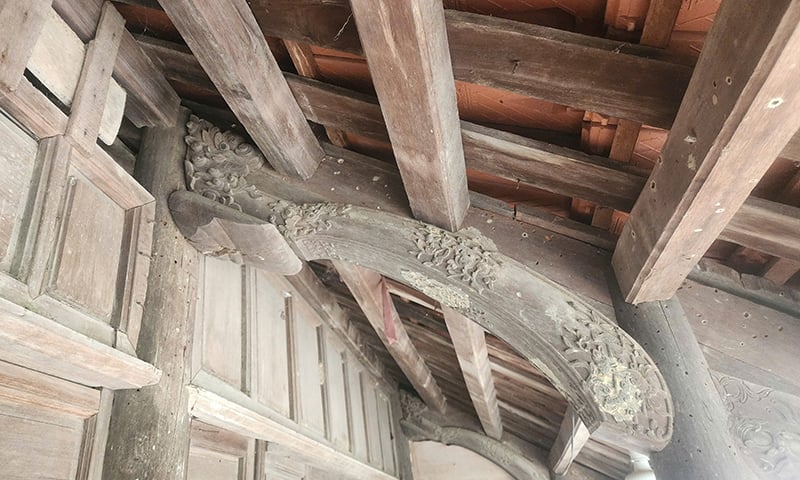 |
Mr. Dang Van Luan, Chairman of the People's Committee of Quang Hoa Commune, worried: "This is a treasure left by our ancestors. But the houses are small and cramped, and there are no conditions to renovate them, so many people have to sell them or build new houses. The commune has made a list of the remaining ancient houses to report to the town. But to preserve these unique architectural works, there must be specific support policies."
Mr. Nguyen Van Tinh, Vice Chairman of the People's Committee of Ba Don Town, said that the whole town currently has more than 200 ancient houses that have been preserved in their original form, mainly located in the communes of Quang Hoa, Quang Hai, Quang Loc... Most of them are 80 years old or older, and houses over 150 years old can now be counted on the fingers of one hand. "The older generation still loves them and wants to keep them. The younger generation prefers new houses. Preserving ancient houses now requires both money and heart," said Mr. Tinh.
The ancient wooden houses - a heritage in the heart of Ba Don - are on the brink of decline. There needs to be more urgent intervention from the town government and relevant agencies, otherwise in a short time these ancient houses will only remain in stories. Preserving the ancient wooden houses is not simply preserving the memories, the old spirit and customs of the village of yesterday, but preserving the precious heritage for today and for tomorrow.
Nhat Linh
Source: https://baoquangbinh.vn/van-hoa/202506/tran-tro-bao-ton-nha-co-ven-song-gianh-2226911/










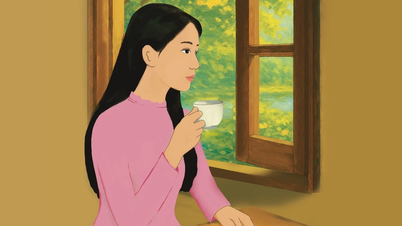











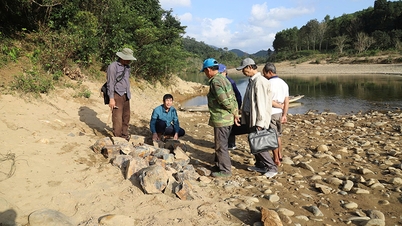
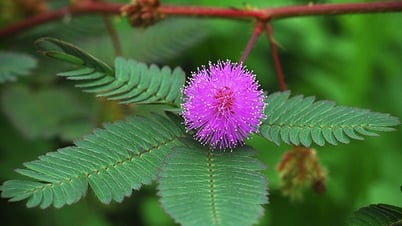
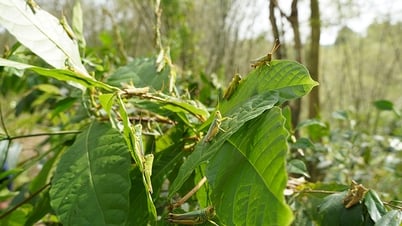


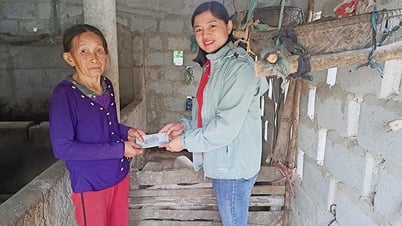

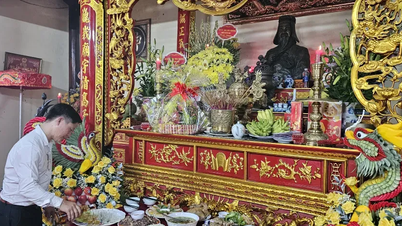

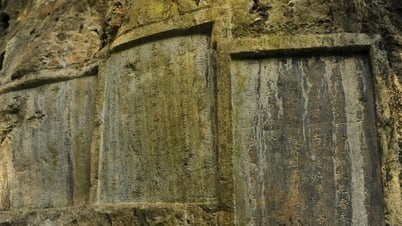

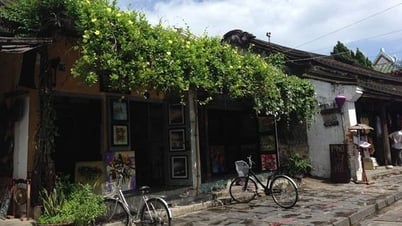











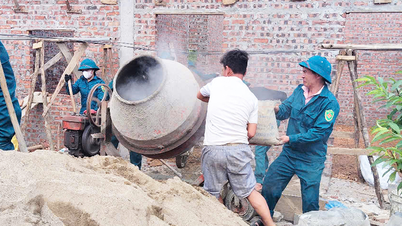














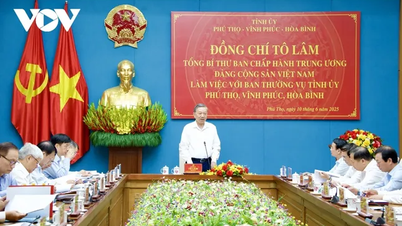




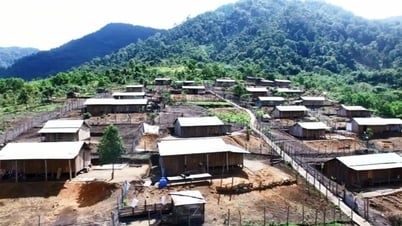

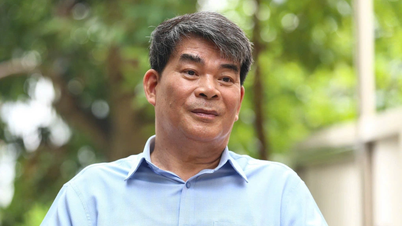
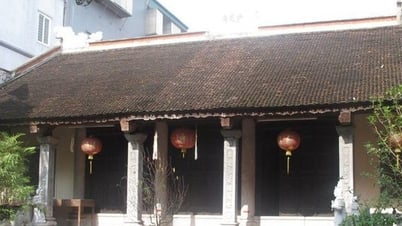

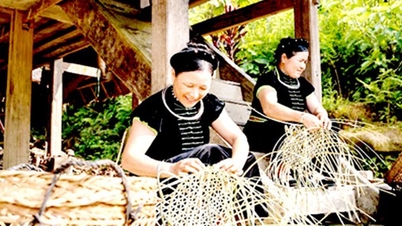
















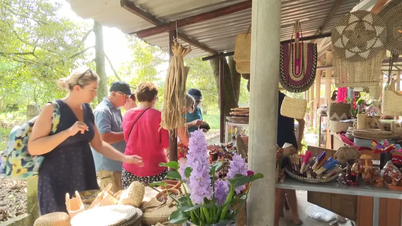






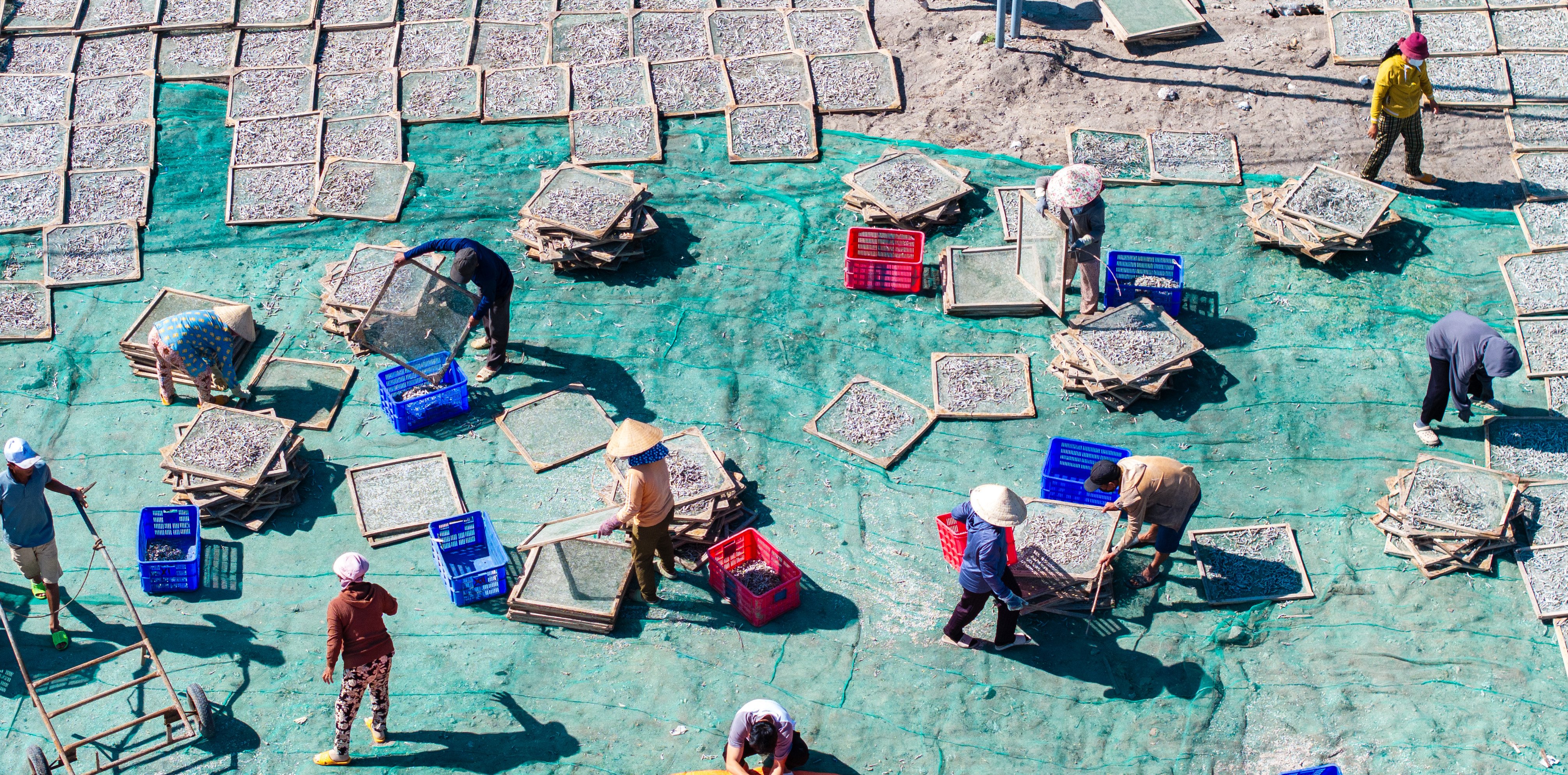



Comment (0)